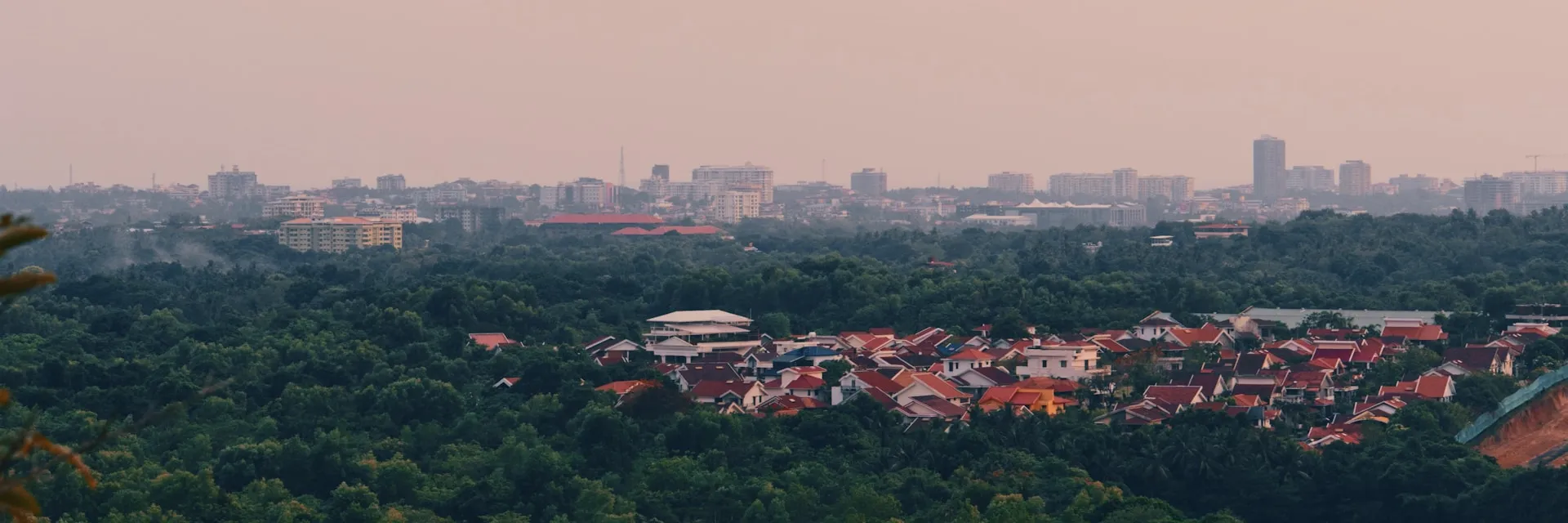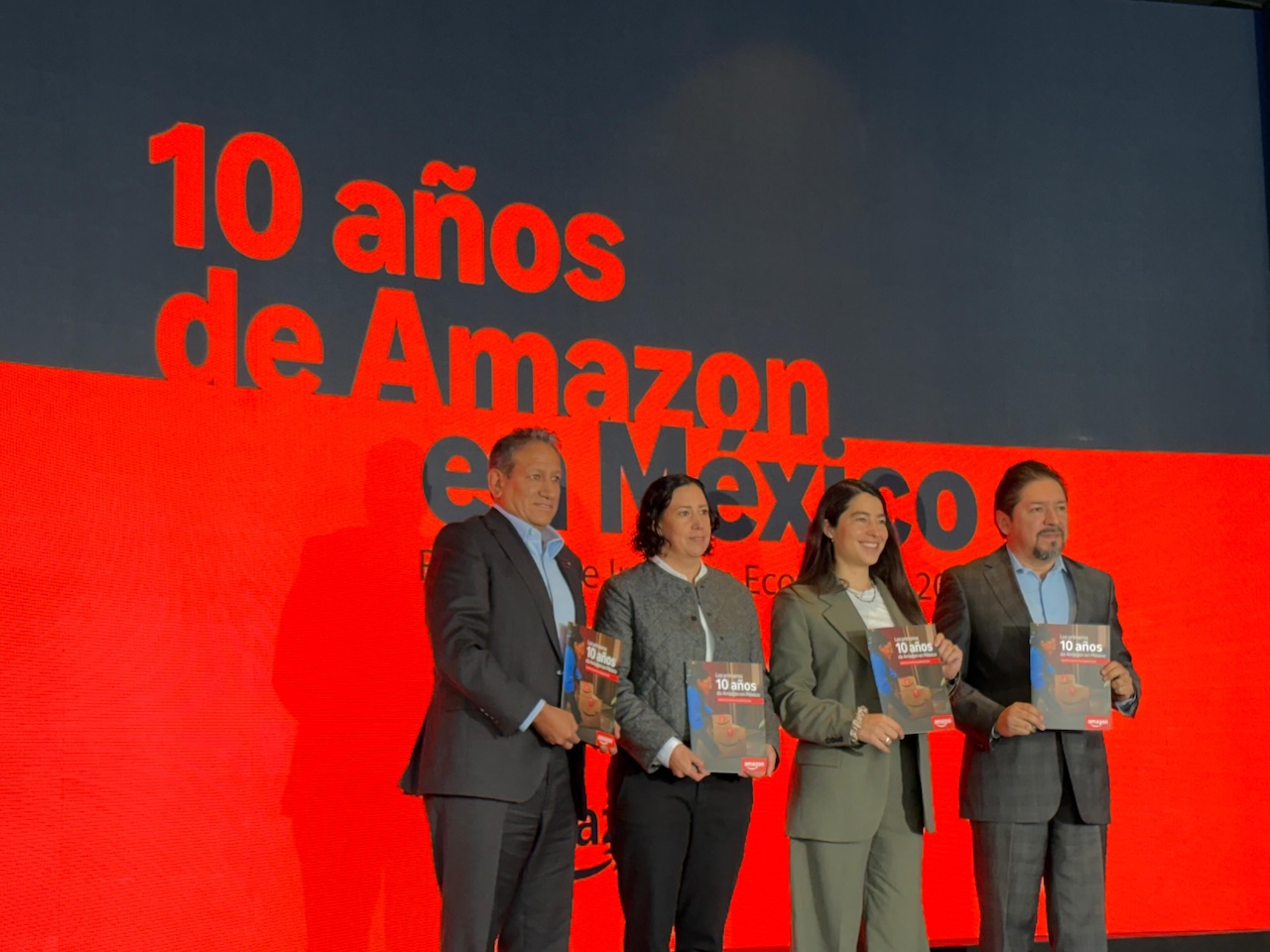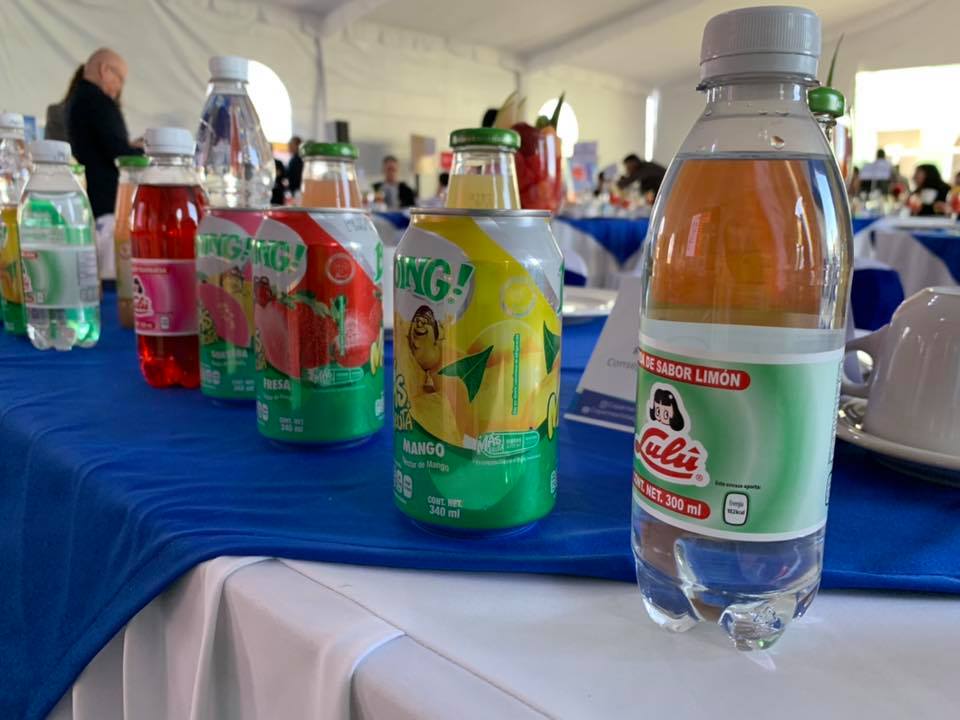Greening Cities: a Strategy against Extreme Heat

Explore the latest developments in greening cities: strategy extreme and their impact on business transformation and innovation.
In recent weeks, many Mexican cities have faced more extreme heat waves than in previous years. While this phenomenon is closely related to climate change, it is also the result of urbanization processes that have replaced large areas of vegetation cover—such as forest areas, green areas, etc.—with concrete and asphalt. These materials retain much more heat than natural soils, generating what is known as heat islands: areas where the air temperature is significantly higher than in surrounding areas with greater vegetation cover.
International evidence helps to dimension this phenomenon. In the United States—where there is more evidence on this issue—the organization Trust for Public Land has documented that urban parks with a high density of vegetation can be up to 17 degrees Fahrenheit (9.4 degrees Celsius) cooler than adjacent areas. And a satellite analysis of more than 14,000 counties in that country reveals that areas located within a 10-minute walk of a park with sufficient trees have average temperatures 6 degrees Fahrenheit (3.3 degrees Celsius) lower than those further away.
In other words, vegetation cools cities. The shade of trees can reduce surface temperatures by up to 45 degrees Fahrenheit (25 degrees Celsius) in the most extreme cases, according to the United States Environmental Protection Agency. Added to this is the effect of evapotranspiration—the process by which water evaporates from the soil and is released by plants into the atmosphere—which further contributes to lowering the ambient temperature.
More Articles

How Amazon Mexico Boosts Mexican SMEs: A Decade of History
Nov 11, 2025

How Much Did Jalisco's Industry Grow According to INEGI?
Nov 10, 2025

Pascual Boing Launches Sugar-Free Beverage: What is its Presence in Querétaro?
Dec 1, 2025

Aguascalientes Improves Income, But Labor Productivity Stagnates
Nov 19, 2025

Mezquital: Where Signature Cuisine Honors Memory at Sarmiento Winery
Nov 21, 2025

Buen Fin 2025: An Overview of Nuevo León's Results
Nov 18, 2025
